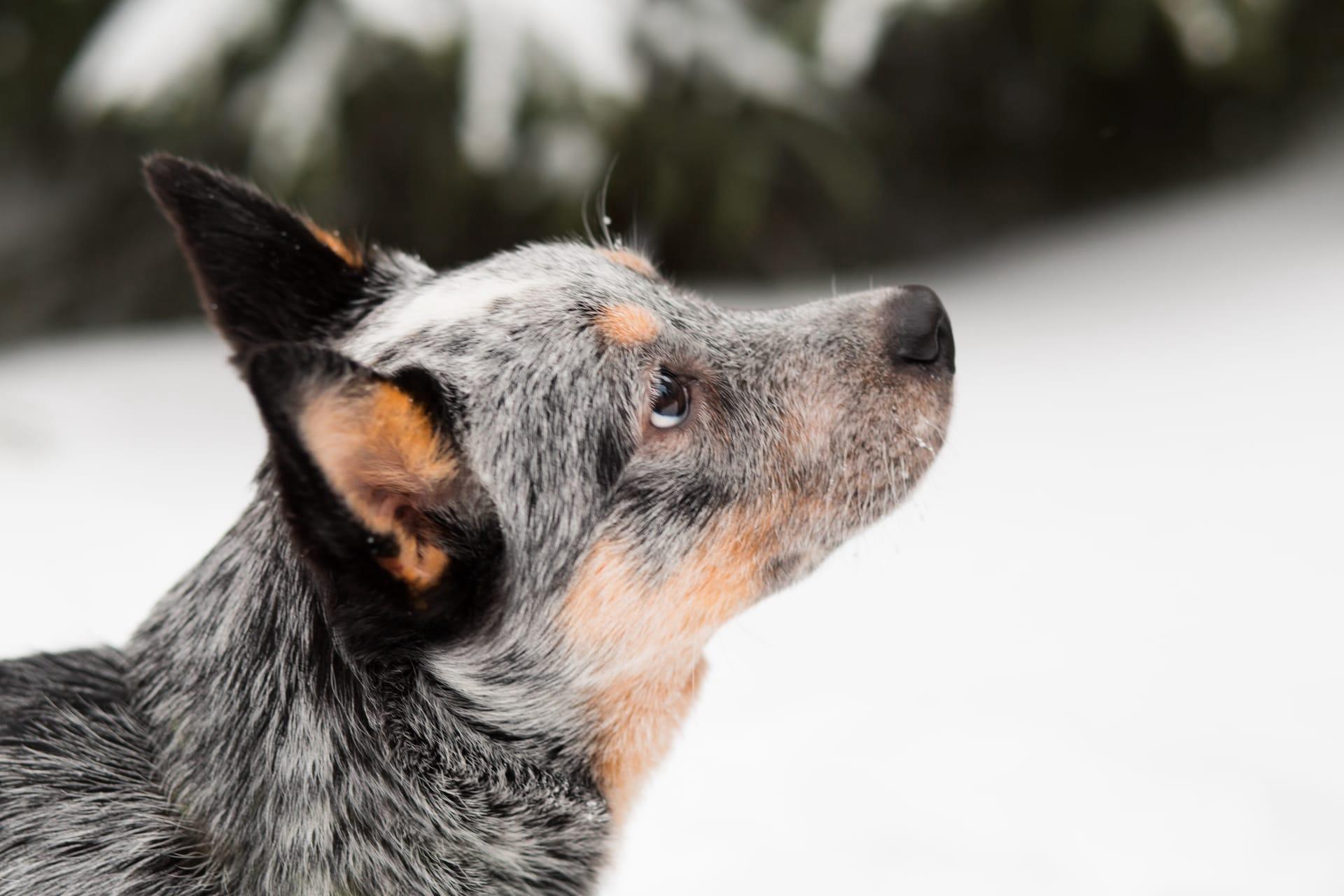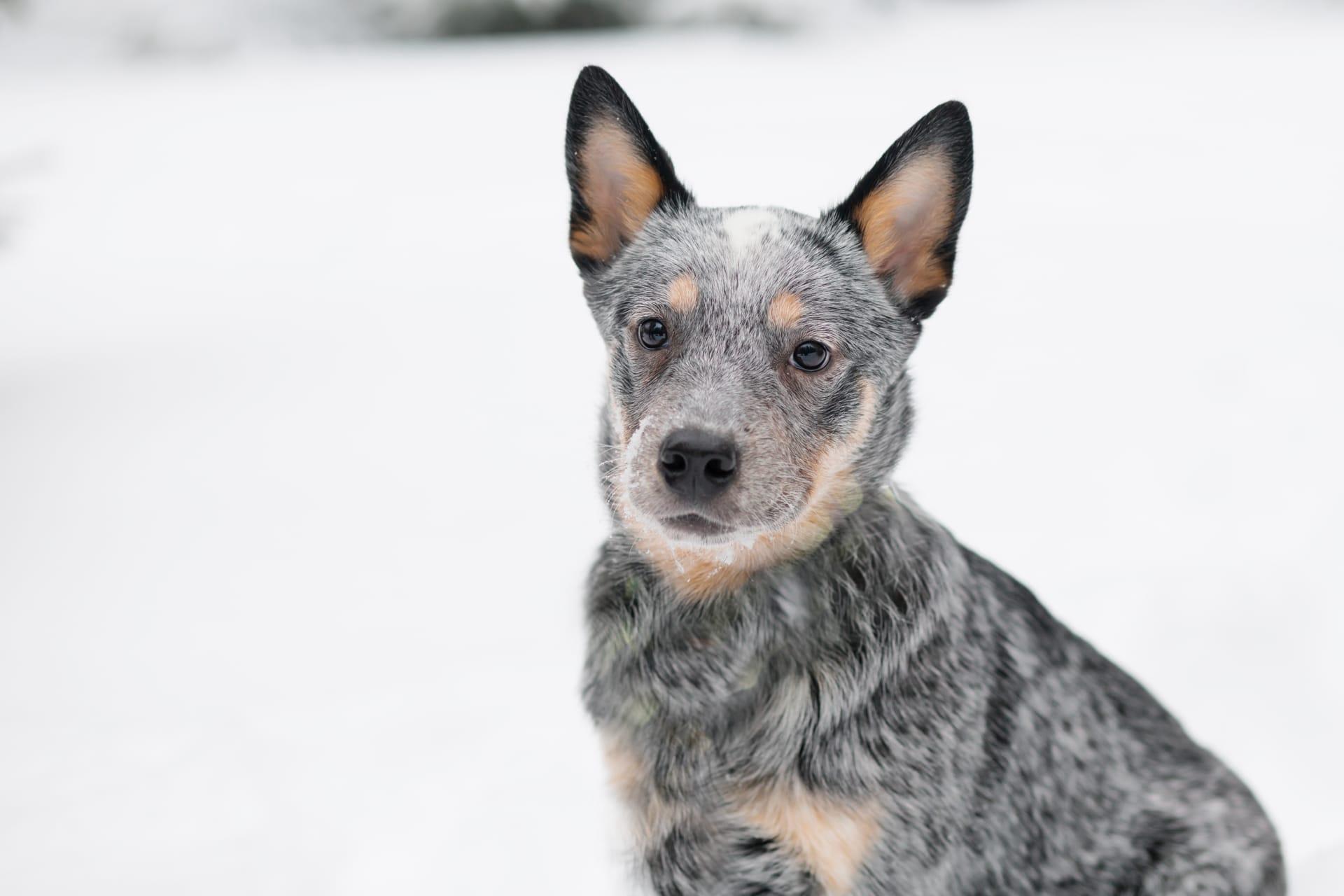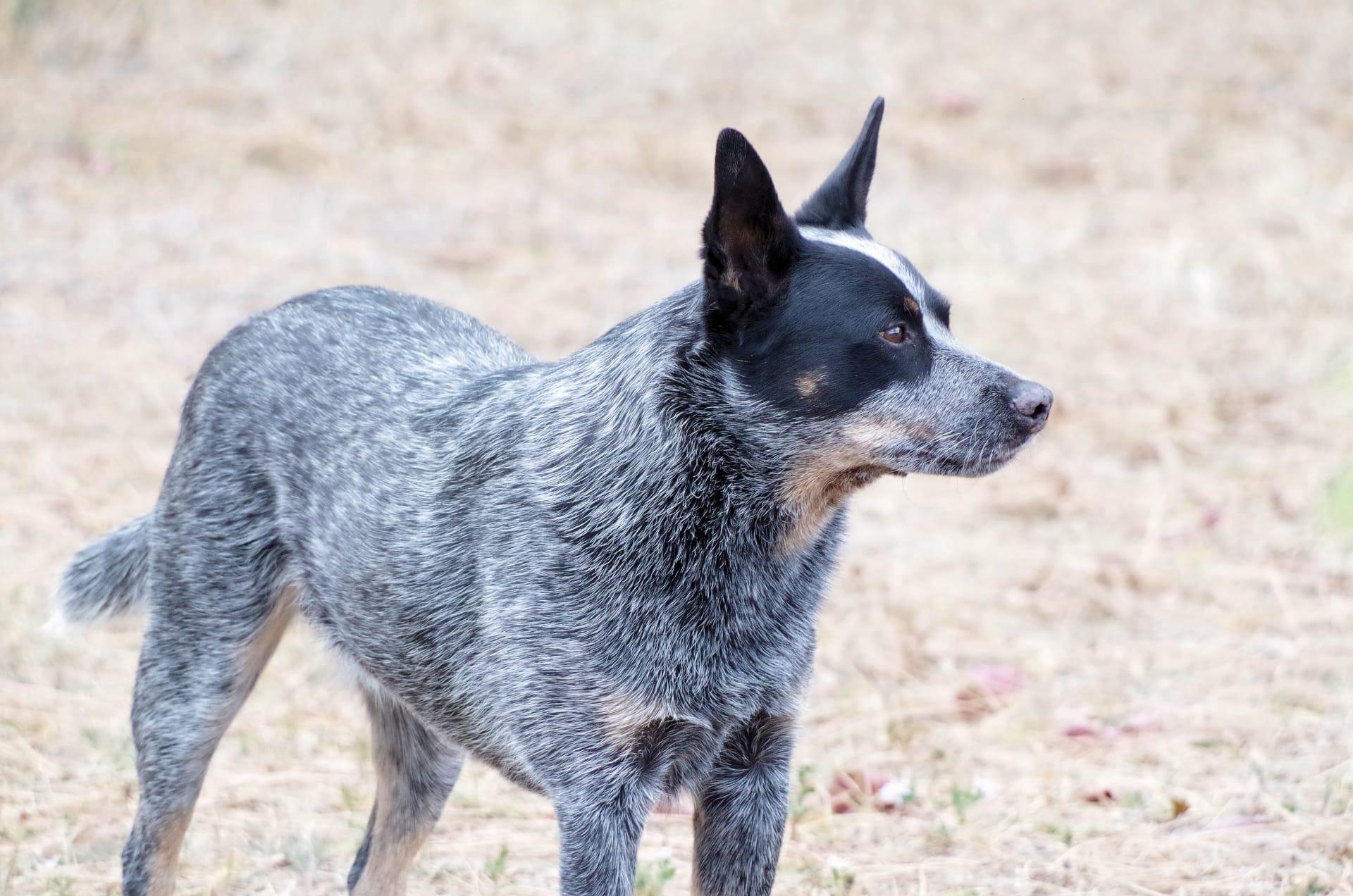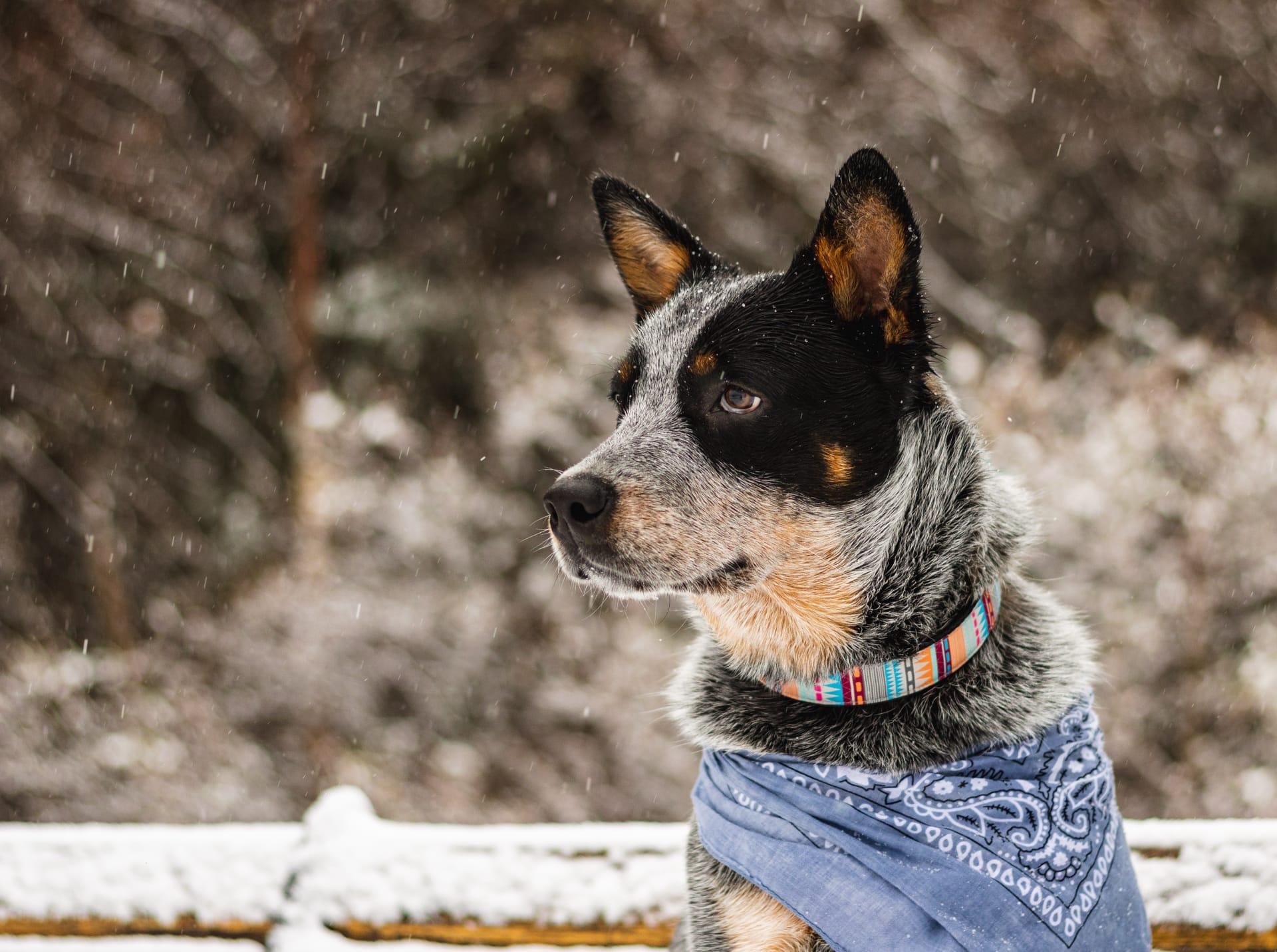Blue Heeler Dog
- Home /
- Mini Encyclopedia /
- Animal /
- Blue Heeler Dog
1
The Blue Heeler Dog, officially known as the Australian Cattle Dog, belongs to the Canidae family and is classified under the genus Canis. This breed is renowned for its intelligence, strength, and agility. It was developed in Australia to herd cattle over long distances across rough terrain, which necessitated a robust and resilient dog. The breed combines the dingo's wild durability with the herding abilities of various British herding dogs, resulting in a highly effective cattle herder.
The Blue Heeler is predominantly found in Australia, its country of origin. However, its popularity has spread worldwide, especially in countries like the United States, Canada, and the United Kingdom. In these regions, Blue Heelers are not only used for herding purposes but also as companion animals and participants in dog sports. The breed's adaptability to various climates and environments underscores its resilience and versatility, making it a favorite among dog enthusiasts globally.

2
Question: Do Blue Heelers require a lot of physical activity, or can they adapt to a more sedentary lifestyle?
Answer: Blue Heelers are high-energy dogs that thrive on physical and mental stimulation. They were originally bred for herding cattle across vast Australian landscapes, which means they possess an innate need for movement and engagement. A sedentary lifestyle does not suit this breed well and can lead to behavioral issues such as destructiveness, vocalization, and anxiety. Regular exercise, interactive play, and mental challenges are crucial for their overall well-being. Therefore, Blue Heelers are best suited for active individuals or families who can provide them with the physical activity and mental engagement they require.

3
The relationship between Blue Heelers and humans is deeply rooted in the breed's history of working alongside Australian cattle ranchers. These dogs are known for their loyalty, protective nature, and strong bond with their owners. Blue Heelers are not just workers; they are also companions, providing emotional support and companionship to their human families. Their intelligence and eagerness to please make them highly trainable, which is why they excel in roles such as service dogs, therapy dogs, and in competitive dog sports.
Moreover, the Blue Heeler's protective instincts make them excellent watchdogs. They are naturally wary of strangers, which means they can be excellent guardians of their home and family. However, this trait also requires responsible socialization from a young age to ensure they become well-adjusted and sociable pets. Their versatility, combined with their strong desire to be part of the family unit, makes Blue Heelers a cherished breed among dog lovers who appreciate a close, interactive relationship with their canine companions.

4
The origin of the Blue Heeler can be traced back to the early 19th century in Australia. The breed was developed by settlers who needed a dog capable of handling the harsh conditions and the demanding job of herding cattle over expansive territories. To create such a breed, they crossed dogs imported from England, such as the Smithfield and the Collie, with the native Australian Dingo. The result was a dog with the herding instincts of its British ancestors and the endurance, resilience, and adaptability of the Dingo.
Over time, the Blue Heeler underwent further refinements. Thomas Simpson Hall, a key figure in the breed's development, introduced dogs known as Blue Speckled Highland Collies, contributing to the breed's distinctive blue speckled coat. Later on, breeds like the Dalmatian and the Black and Tan Kelpie were introduced into the lineage, enhancing the Blue Heeler's traits of loyalty, guard instinct, and herding ability. This evolutionary process led to the formation of the modern Blue Heeler, a breed celebrated for its work ethic, intelligence, and companionable nature.

5
Film: "The Dog With The Blue Heeler" is a documentary produced in Australia in 2015. It explores the history, characteristics, and cultural significance of the Blue Heeler breed. Through interviews with breeders, ranchers, and dog trainers, the film highlights the breed's versatility, intelligence, and the deep bond between Blue Heelers and their owners. It showcases the breed's roles beyond herding, including service and therapy work, and participation in competitive sports.
Book: "The Australian Cattle Dog: An Owner's Guide to a Happy Healthy Pet" is a comprehensive guide published in the United States in 1997. Written by Charlotte Schwartz, the book covers the breed's origins, characteristics, care, and training. It is an essential read for current or prospective Blue Heeler owners, offering insights into the breed's needs and how to ensure a fulfilling life for these energetic dogs.
Book: "Training Your Blue Heeler Dog" published in the United Kingdom in 2005 by Jane Moore, is a focused guide on the training and behavioral management of Blue Heelers. It addresses the breed's intelligence and energy levels, providing practical advice on obedience, socialization, and mental stimulation. Moore's book is invaluable for those looking to understand and harness the full potential of their Blue Heeler through positive reinforcement and engagement.